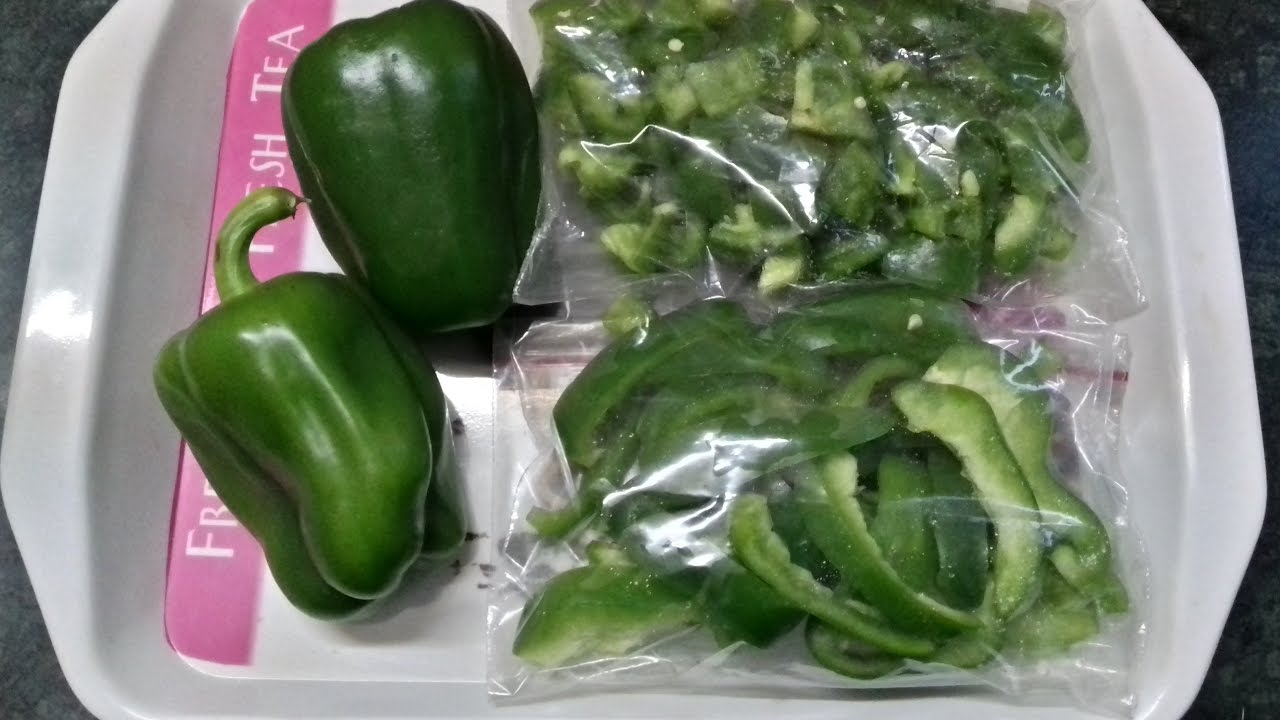

Articles
How To Store Cut Green Peppers
Modified: December 7, 2023
Discover the best ways to store cut green peppers to keep them fresh and crisp for longer. Check out our informative articles for helpful tips and tricks!
(Many of the links in this article redirect to a specific reviewed product. Your purchase of these products through affiliate links helps to generate commission for Storables.com, at no extra cost. Learn more)
Introduction
Green peppers, also known as bell peppers, are a versatile and nutritious ingredient that can add flavor and color to a wide range of dishes. Whether you’ve harvested an abundant crop from your garden or found a great deal at the grocery store, you may find yourself with more green peppers than you can consume immediately. In such cases, it’s important to know the proper storage methods to ensure that your cut green peppers stay fresh for as long as possible. This article will guide you through various techniques for storing cut green peppers, so you can enjoy their freshness and flavor even days or weeks after cutting them.
Key Takeaways:
- Store cut green peppers in the refrigerator for short-term freshness, ensuring they stay crisp and flavorful for up to 5-7 days. Use airtight containers, remove excess air, and label for easy tracking.
- Freeze cut green peppers for long-term storage, preserving their flavor and nutritional value for 6-8 months. Blanch, package in freezer-safe containers, and label for convenient use in various cooked dishes.
Read more: How To Store A Green Pepper
Choosing and Preparing Green Peppers
When it comes to storing cut green peppers, it’s essential to start with fresh and high-quality peppers. Here are some tips on choosing and preparing green peppers for storage:
- Selecting the Right Peppers: Look for firm, smooth, and vibrant green peppers without any soft spots or blemishes. The peppers should have a shiny skin, indicating freshness.
- Washing and Drying: Before cutting the peppers, wash them thoroughly under cool running water to remove any dirt or residue. Pat them dry with a clean towel or paper towel to ensure they are completely dry.
- Removing the Stem and Seeds: Use a sharp knife to cut off the stem of the pepper and discard it. Slice the pepper lengthwise and remove the seeds and membranes. Rinse the pepper halves again to ensure all the seeds are removed.
- Cutting Options: Cut the peppers into desired shapes and sizes based on your preference and intended use. You can slice them into strips, dice them into small pieces, or leave them in larger segments.
By following these steps, you will have prepared your green peppers for storage, ensuring they are clean and ready to be stored using the methods we will discuss in the next sections.
Storing Cut Green Peppers
Now that you have prepared your green peppers, it’s time to explore different methods for storing them. Here are three common methods for storing cut green peppers:
Method 1: Refrigeration
The refrigerator is the most convenient option for short-term storage of cut green peppers. Follow these steps:
- Place the cut green peppers in an airtight container or resealable plastic bag.
- Remove any excess air from the container or bag before sealing it tightly.
- Label the container with the date to keep track of freshness.
- Store the peppers in the refrigerator’s crisper drawer or a specific compartment for fruits and vegetables.
Refrigerated cut green peppers can typically stay fresh for up to 5-7 days.
Method 2: Freezing
Freezing is an excellent long-term storage option for cut green peppers. Follow these steps:
- Blanch the cut green peppers by placing them briefly into boiling water for 1-2 minutes.
- Transfer the peppers immediately into an ice bath to stop the cooking process.
- Drain the peppers and pat them dry with a clean towel.
- Place the peppers in freezer-safe bags or containers, removing as much air as possible.
- Label the bags or containers with the date and contents.
- Store the peppers in the freezer, where they can last for up to 6-8 months.
When you’re ready to use the frozen peppers, simply thaw them in the refrigerator overnight or add them directly to your cooked dishes.
Read more: How To Store Green Peppers
Method 3: Dehydrating
Dehydrating is another option for preserving cut green peppers. Here’s how:
- Preheat your dehydrator according to the manufacturer’s instructions.
- Arrange the cut green pepper pieces on the dehydrator trays, making sure they are spread out evenly.
- Set the dehydrator to the appropriate temperature for vegetables.
- Allow the peppers to dehydrate for several hours until they are completely dry and brittle.
- Once dehydrated, store the peppers in an airtight container or airtight bags.
- Label the container or bags with the date.
- Properly stored dehydrated green peppers can retain their quality for up to a year.
Dehydrated green peppers can be rehydrated by soaking them in water before using them in recipes, or they can be crushed and used as a seasoning.
Choose the storage method that best suits your needs and the timeframe in which you plan to use the cut green peppers. By storing them properly, you can extend their shelf life and maximize their freshness and flavor.
Method 1: Refrigeration
Refrigeration is the most common and convenient method for storing cut green peppers in the short term. Follow these steps to ensure the longevity and freshness of your peppers:
- Place the cut green peppers in an airtight container or resealable plastic bag. This will prevent them from being exposed to air and moisture, which can cause them to spoil.
- Before sealing the container or bag, remove as much air as possible to minimize oxidation and maintain the quality of the peppers.
- Label the container or bag with the date of storage. This will help you keep track of the freshness of the peppers.
- Store the container or bag in the refrigerator’s crisper drawer or a specific compartment for fruits and vegetables.
Refrigerated cut green peppers can typically stay fresh for 5 to 7 days. However, it’s important to note that their freshness and crispness will start to decline after the first few days. Keep an eye on their texture and appearance to ensure they are still suitable for consumption.
It’s worth mentioning that refrigeration may cause a slight loss in the peppers’ crunchiness and vibrant color. To minimize this, avoid cutting the peppers too far in advance and store them as soon as possible after cutting. Additionally, avoid storing them alongside fruits that produce ethylene gas, such as apples and bananas, as this can accelerate their ripening process.
When using refrigerated cut green peppers, it’s ideal to consume them raw or cook them within a few days to preserve their flavor and texture. They can be added to salads, stir-fries, omelets, sandwiches, and other dishes to enhance their taste and provide a fresh crunch.
Remember to inspect the cut green peppers before using them. If you notice any signs of mold, discoloration, or a foul odor, it’s best to discard them to ensure food safety.
Refrigeration offers a simple and effective way to store cut green peppers in the short term while retaining their quality. By following these guidelines, you can enjoy the freshness of your peppers for an extended period.
Method 2: Freezing
Freezing is an excellent method for long-term storage of cut green peppers. Freezing preserves the freshness and flavor of the peppers, allowing you to enjoy them even months after cutting. Here’s how to freeze your cut green peppers:
- Start by blanching the cut green peppers. Blanching helps to preserve the color, texture, and nutritional value of the peppers.
- Bring a pot of water to a boil and carefully place the cut green peppers into the boiling water. Allow them to simmer for 1 to 2 minutes, depending on the size of the pepper pieces.
- After blanching, transfer the peppers immediately into an ice bath to cool them rapidly and halt the cooking process. This will help to maintain their crispness and vibrant color.
- Once the peppers are cool, drain them thoroughly and pat them dry with a clean towel to remove excess moisture.
- Now, it’s time to package the peppers for freezing. You can use freezer-safe bags or airtight containers. Ensure that the packaging is suitable for long-term freezer storage and is free from any rips or leaks.
- Place the cut green peppers into the freezer bags or containers, removing as much air as possible to prevent freezer burn.
- Label the bags or containers with the date and contents for easy identification in the future.
- Finally, place the bags or containers in the freezer, ensuring they are stored in a flat position to maximize space and prevent them from getting damaged.
Frozen cut green peppers can last for 6 to 8 months in the freezer, maintaining their flavor and nutritional value.
When you’re ready to use the frozen peppers, you have a few options. You can thaw them in the refrigerator overnight or add them directly to cooked dishes without thawing, such as stir-fries, soups, stews, or casseroles. Frozen green peppers may have a slightly softer texture once thawed, but they will still provide flavor and contribute to the overall dish.
It’s important to note that freezing may cause some changes in the texture of the peppers. They may lose their crispness and become slightly mushy after thawing. Therefore, it’s recommended to use frozen green peppers in cooked recipes rather than raw applications.
By using the freezing method, you can prolong the shelf life of your cut green peppers and have a ready supply of peppers for your favorite dishes, even when they are out of season.
Method 3: Dehydrating
Dehydrating is an excellent method for preserving cut green peppers and extending their shelf life. Dehydrated green peppers are lightweight, compact, and versatile, making them a great addition to your pantry. Here’s how to dehydrate your cut green peppers:
- Start by preheating your dehydrator according to the manufacturer’s instructions. Different dehydrators may have varying temperature settings.
- While the dehydrator is preheating, prepare the cut green peppers by slicing them into thin, even pieces. You can choose to remove the seeds and membranes if desired.
- Arrange the green pepper slices on the dehydrator trays in a single layer, ensuring that there is enough space between each slice for proper airflow. This will facilitate even drying.
- Place the trays into the dehydrator and set the temperature to the recommended setting for dehydrating vegetables, typically around 125°F to 135°F (52°C to 57°C).
- Allow the green peppers to dehydrate for several hours, depending on the thickness of the slices and the moisture content. It may take anywhere from 6 to 12 hours for the peppers to become completely dry and brittle.
- During the drying process, periodically check the peppers for dryness. They should be stiff, brittle, and break easily when bent. If there is any remaining moisture, continue drying until they reach the desired consistency.
- Once the green peppers are fully dehydrated, remove the trays from the dehydrator and let them cool completely.
- Store the dehydrated green peppers in an airtight container or in vacuum-sealed bags. It’s important to choose a storage container that is moisture-proof to prevent any moisture from rehydrating the peppers.
- Label the container or bags with the date of dehydration for easy reference in the future.
Properly dehydrated green peppers can retain their quality for up to a year when stored in a cool, dry place away from direct sunlight. They can be rehydrated by soaking them in water for about 30 minutes before using them in recipes, or they can be crushed into flakes or powder and used as a seasoning.
Dehydrated green peppers make a great addition to soups, stews, sauces, and flavored oils. They can also be used as a topping for pizzas, in marinades, or even as a healthy snack on their own.
With the dehydrating method, you can enjoy the flavor and versatility of green peppers throughout the year, even when they are not in season.
To store cut green peppers, place them in an airtight container or resealable bag and store them in the refrigerator. They will stay fresh for up to 5 days.
Read more: How To Store Green Pepper
Tips for Maintaining Freshness
To ensure the maximum freshness and quality of your cut green peppers, here are some helpful tips to consider:
- Proper Handling: When handling green peppers, make sure your hands and utensils are clean to prevent any contamination.
- Store Whole Peppers if Possible: Whole green peppers tend to stay fresh longer than cut peppers. If you have the option, store the peppers whole and cut them as needed to maintain freshness.
- Use Quality Storage Containers: Invest in good quality airtight containers, resealable bags, or vacuum-sealed bags for storing your cut green peppers. These containers will help to maintain the freshness and prevent moisture and air from entering.
- Label Everything: Properly label your storage containers or bags with the date and contents. This will help you keep track of the freshness and easily identify them later.
- Avoid Exposing Peppers to Ethylene: Keep cut green peppers away from fruits that produce ethylene gas, such as apples and bananas. Ethylene can accelerate ripening and spoilage.
- Monitor Temperature and Humidity: Ensure that your refrigerator is set to the appropriate temperature for storing vegetables, ideally between 35°F to 40°F (2°C to 4°C). Additionally, maintain a moderate level of humidity in your refrigerator’s crisper drawer to prevent the peppers from drying out.
- Rotate your Stock: If you have multiple batches of cut green peppers, make sure to use the oldest ones first to prevent any spoilage.
- Inspect Before Use: Always inspect the cut green peppers before using them. Look for any signs of mold, discoloration, or a foul odor. If you notice any of these, discard the peppers to ensure food safety.
By following these tips, you can ensure that your cut green peppers stay fresh and flavorful for as long as possible. Remember, proper handling, storage techniques, and monitoring are key to maintaining their quality.
Conclusion
Knowing how to properly store cut green peppers is essential for maximizing their freshness and flavor. Whether you’re faced with an abundance of garden harvest or want to take advantage of a great deal at the grocery store, the right storage methods can help you enjoy the taste of green peppers long after they’ve been cut.
In this article, we explored three common methods for storing cut green peppers – refrigeration, freezing, and dehydrating. Refrigeration is ideal for short-term storage, allowing your peppers to stay fresh for up to a week. Freezing, on the other hand, allows for long-term preservation, extending their shelf life for several months. Dehydrating offers a unique way to store cut green peppers, providing a compact and versatile pantry staple that can last up to a year.
By following the specific steps for each method and ensuring proper handling, choosing fresh peppers, and using quality storage containers, you can maintain the optimal freshness and quality of your cut green peppers.
Remember, whether you choose to refrigerate, freeze, or dehydrate, it’s important to label your storage containers with the date to keep track of their freshness. And always inspect the peppers before using them, discarding any that show signs of spoilage.
Now, armed with this knowledge, you can confidently store your cut green peppers and enjoy their vibrant flavor in your favorite dishes throughout the year.
So go ahead and make the most of your green peppers – there’s no need to worry about waste when you have the right storage techniques at your fingertips!
Frequently Asked Questions about How To Store Cut Green Peppers
Was this page helpful?
At Storables.com, we guarantee accurate and reliable information. Our content, validated by Expert Board Contributors, is crafted following stringent Editorial Policies. We're committed to providing you with well-researched, expert-backed insights for all your informational needs.
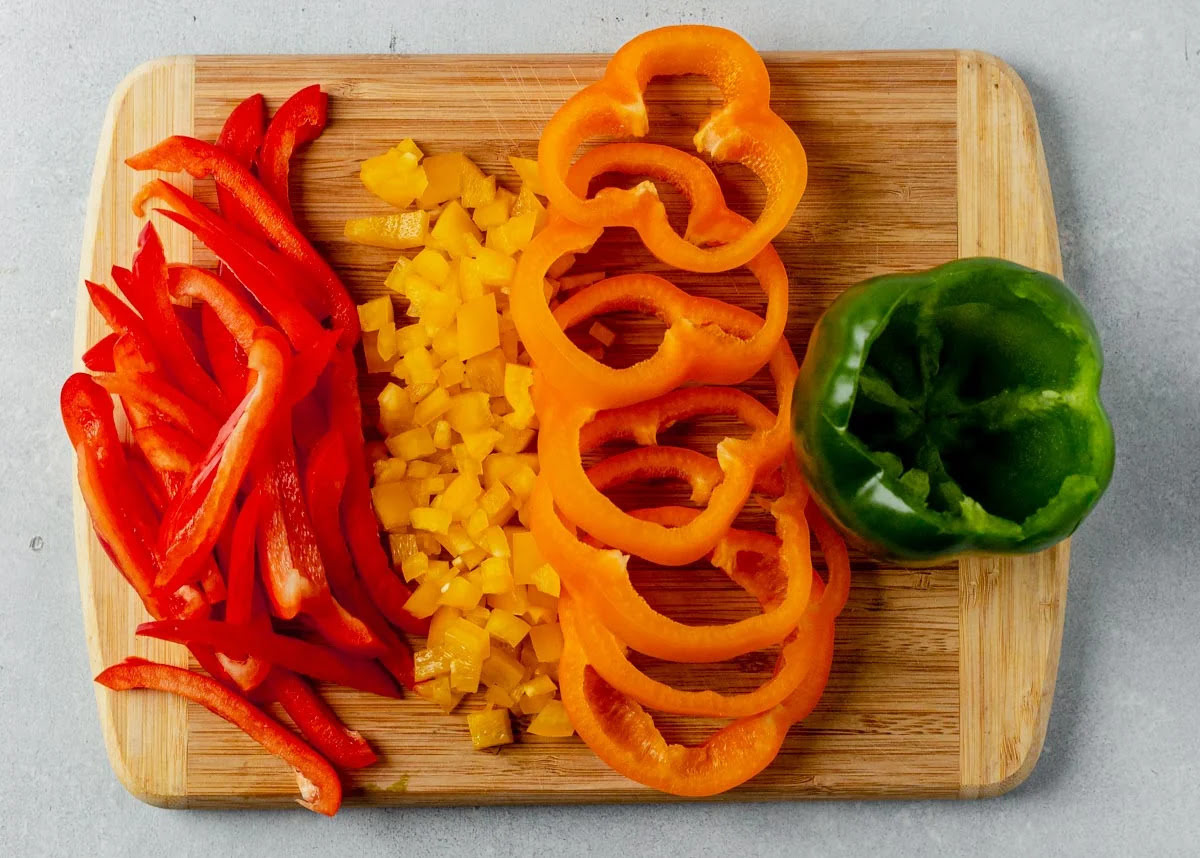
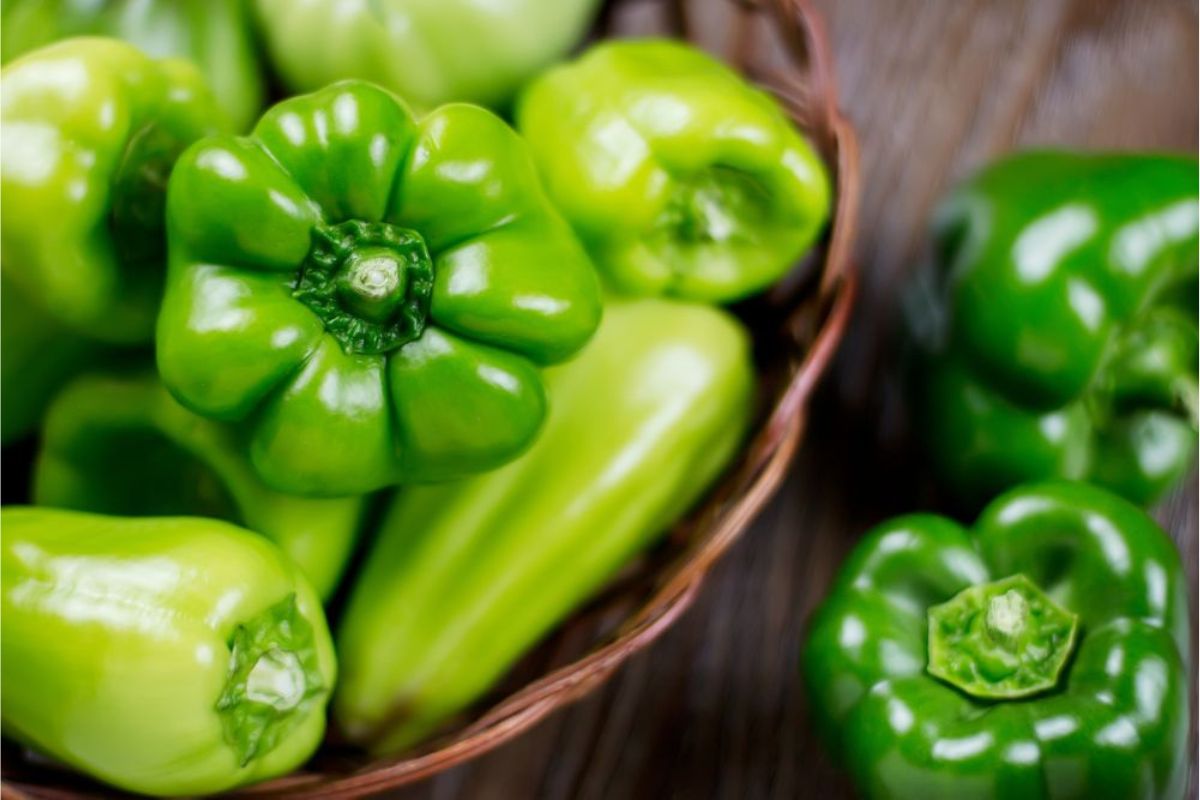
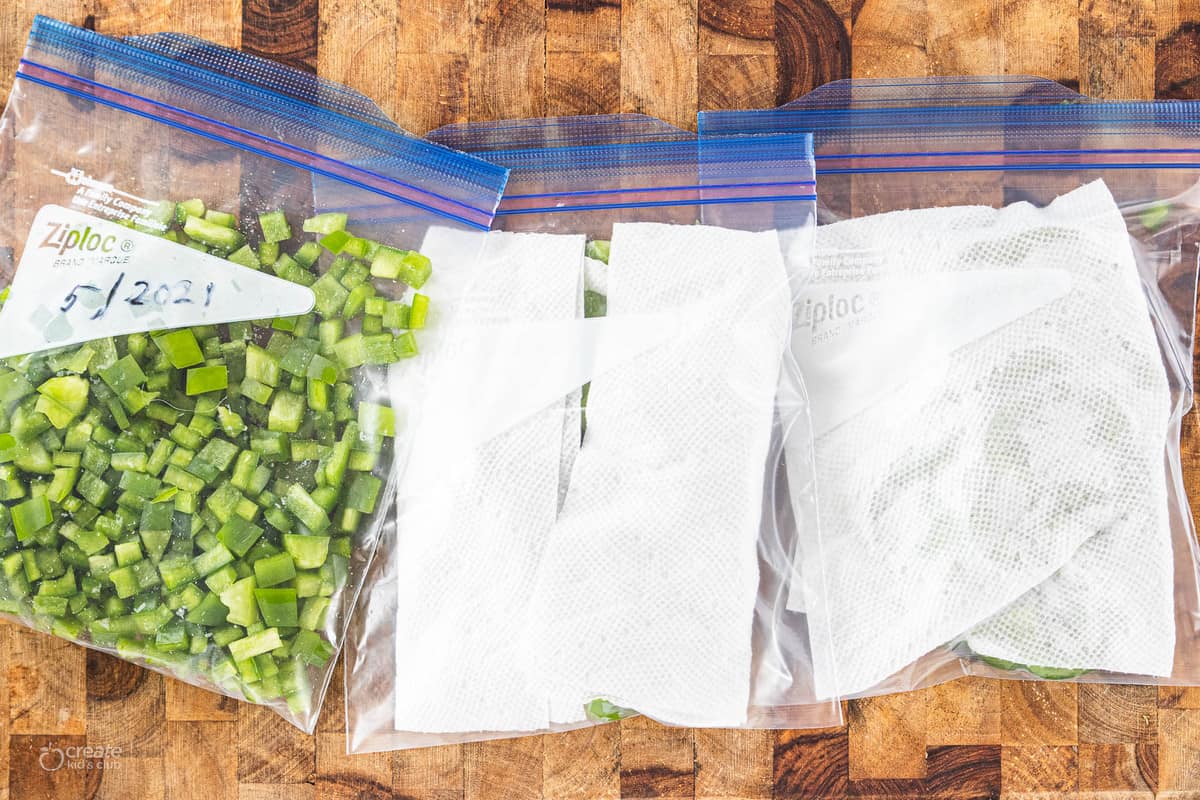
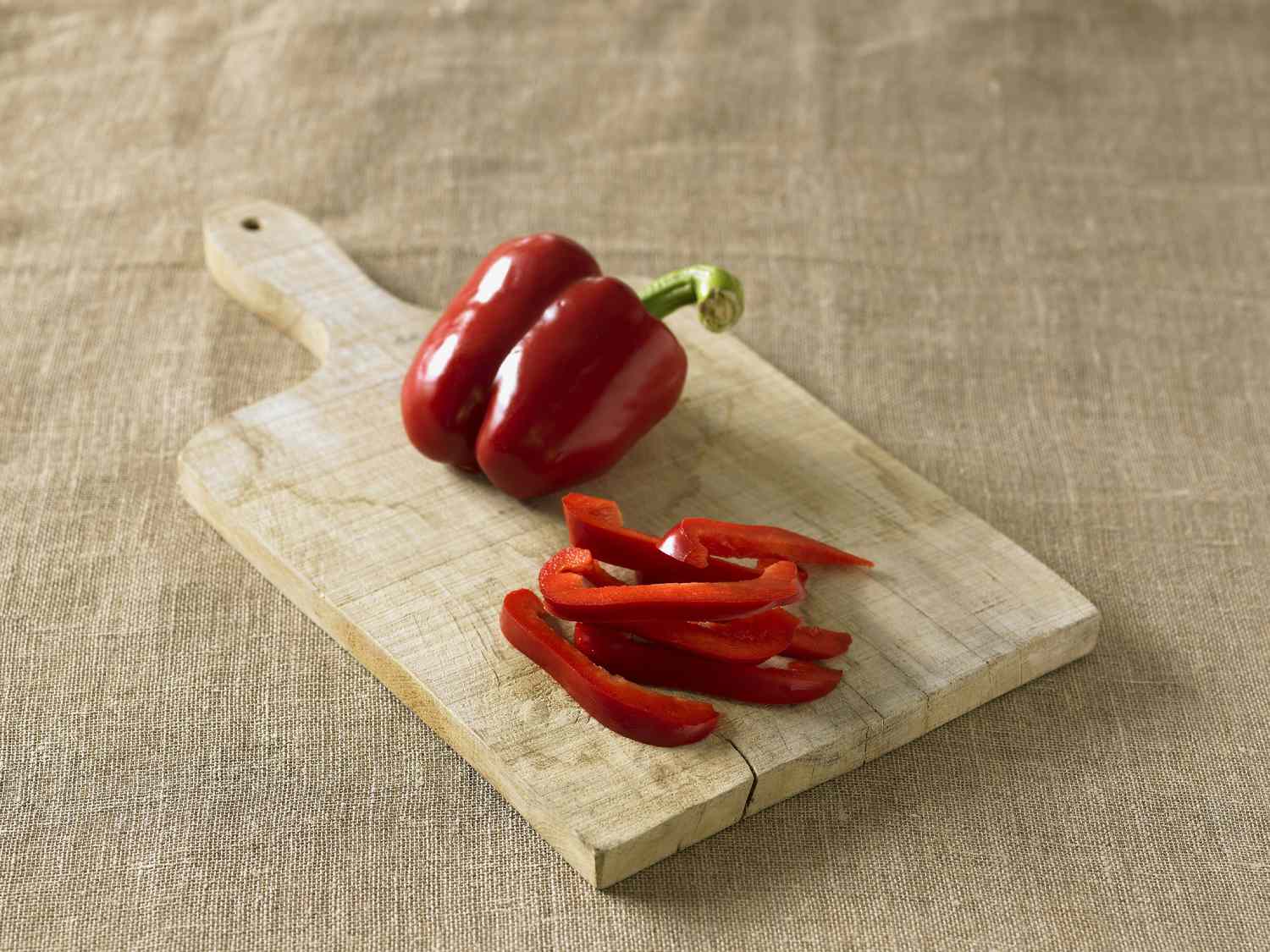
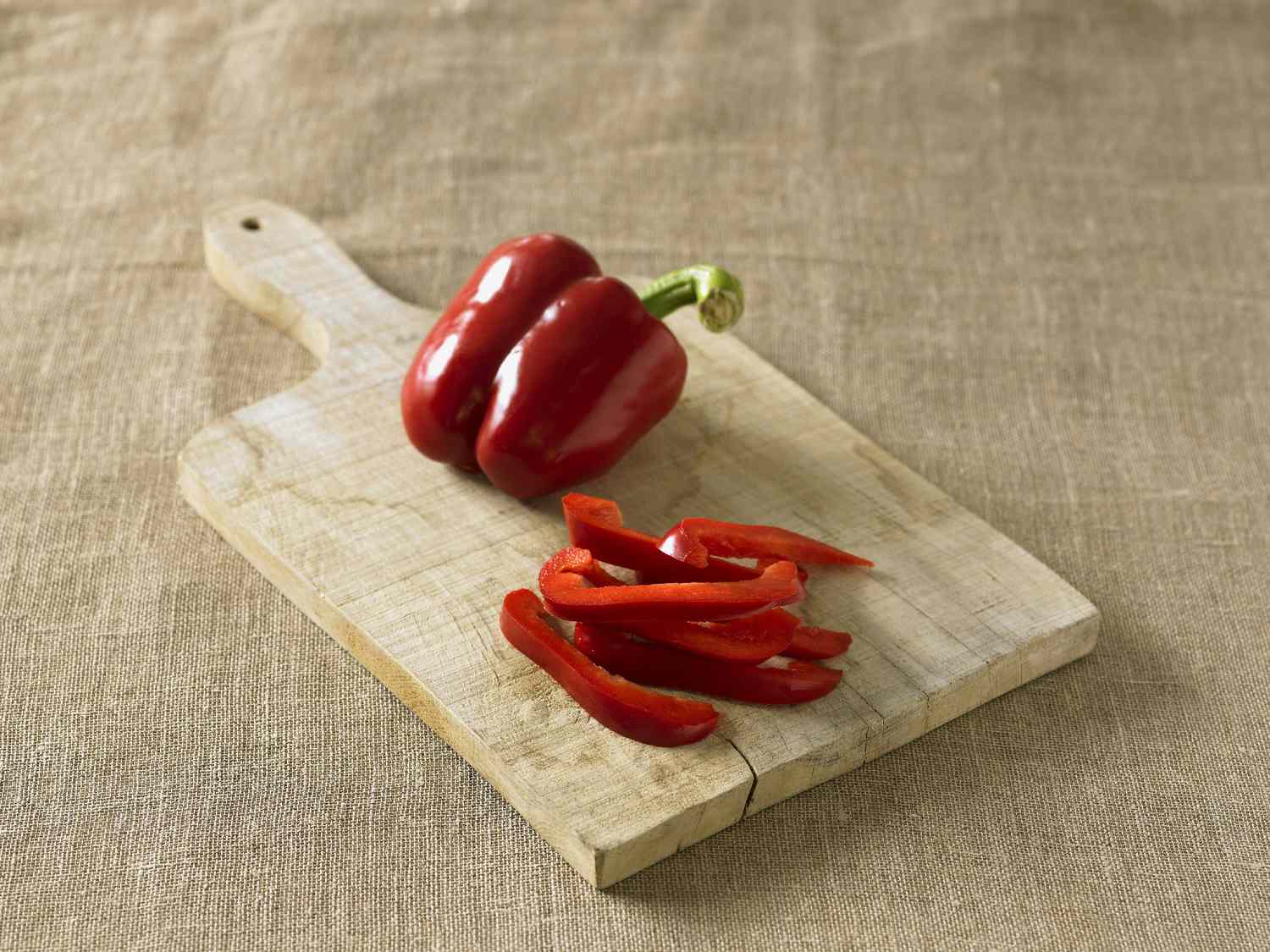
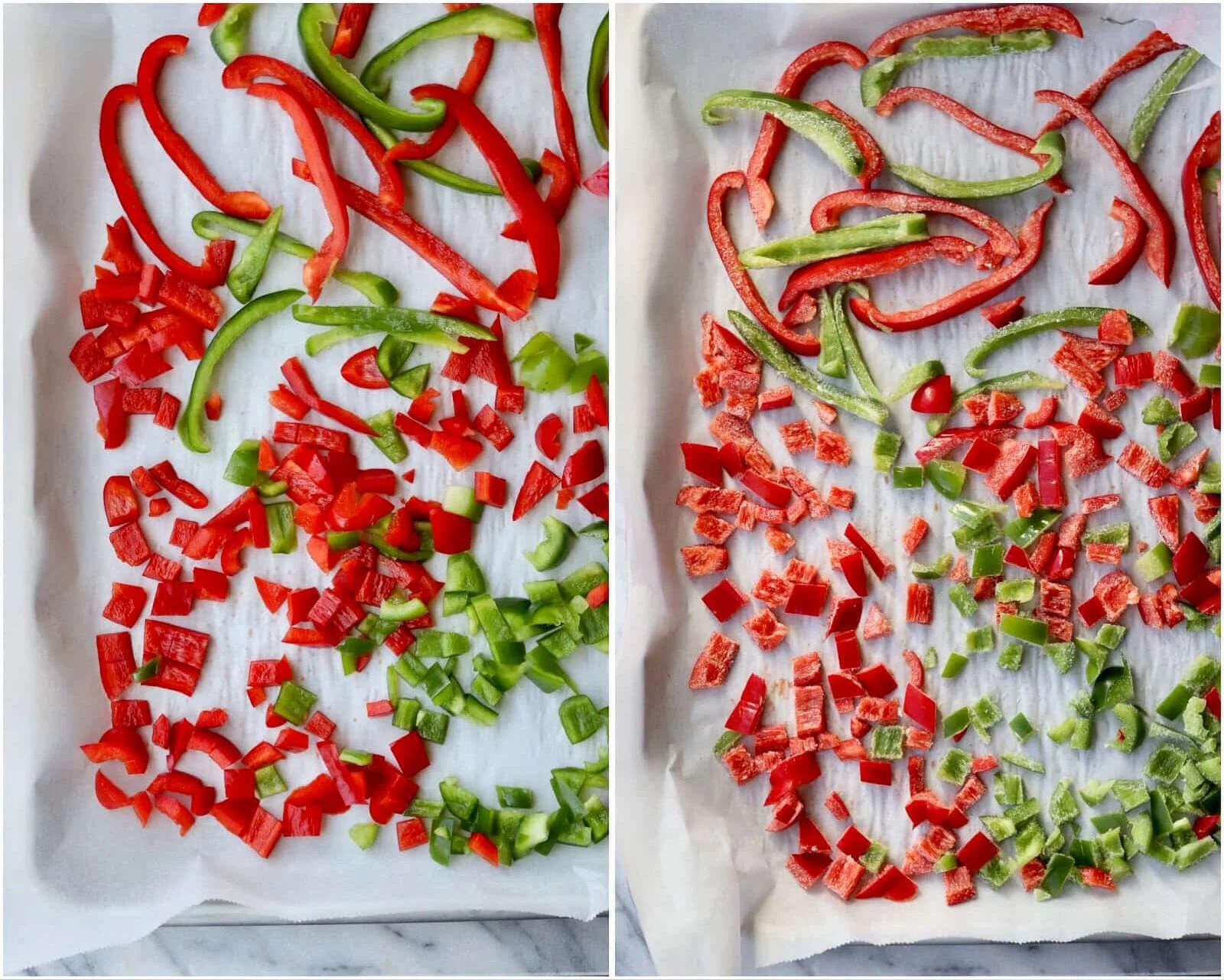
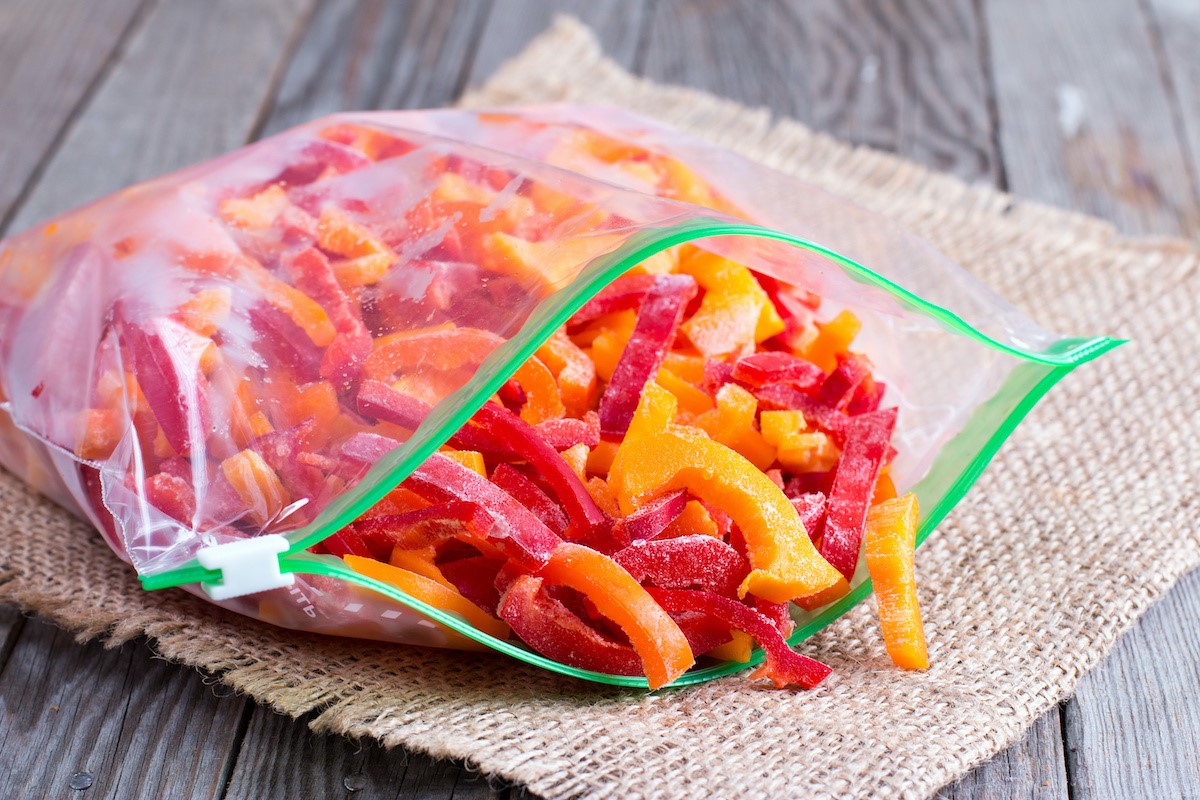
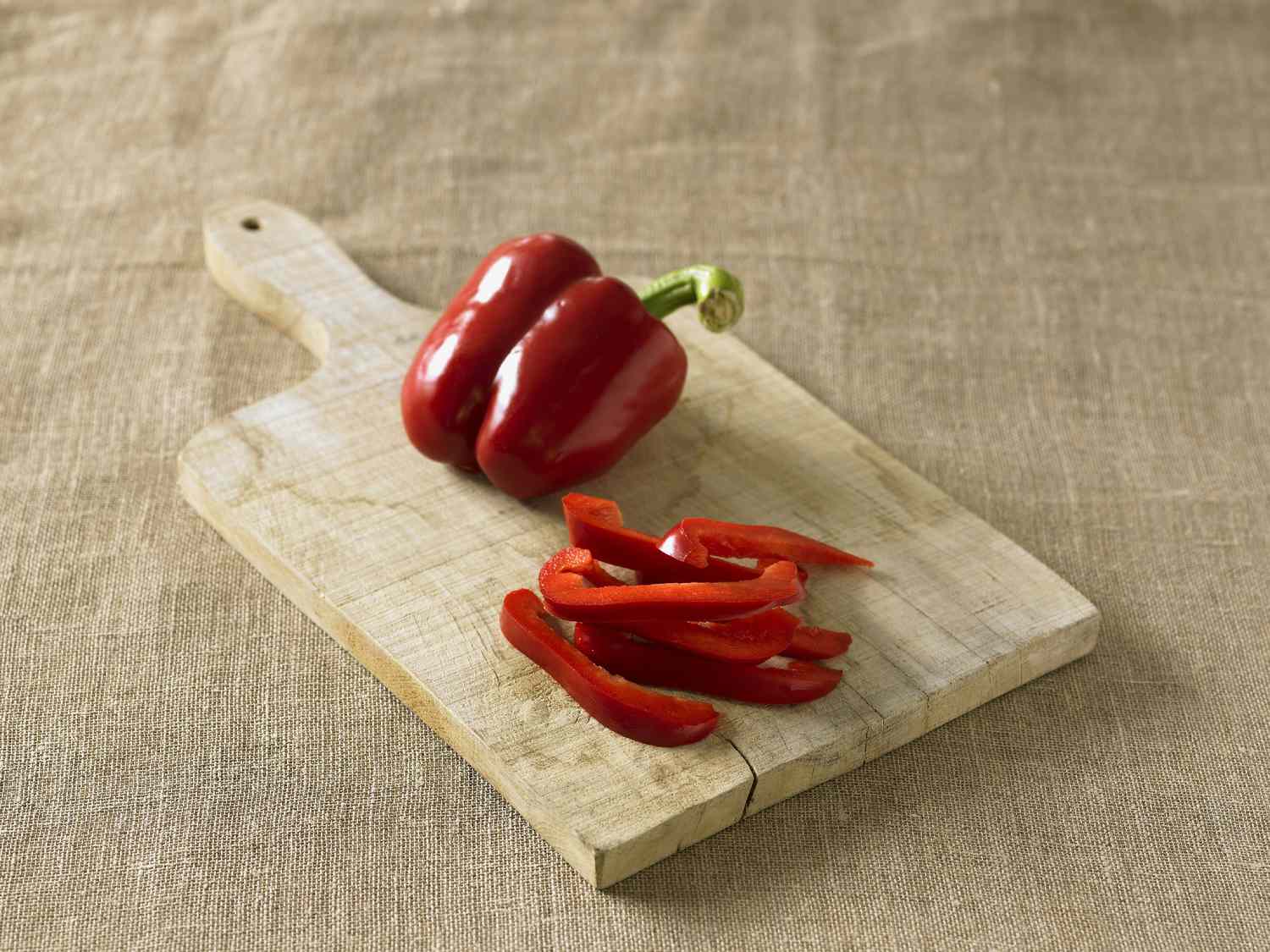
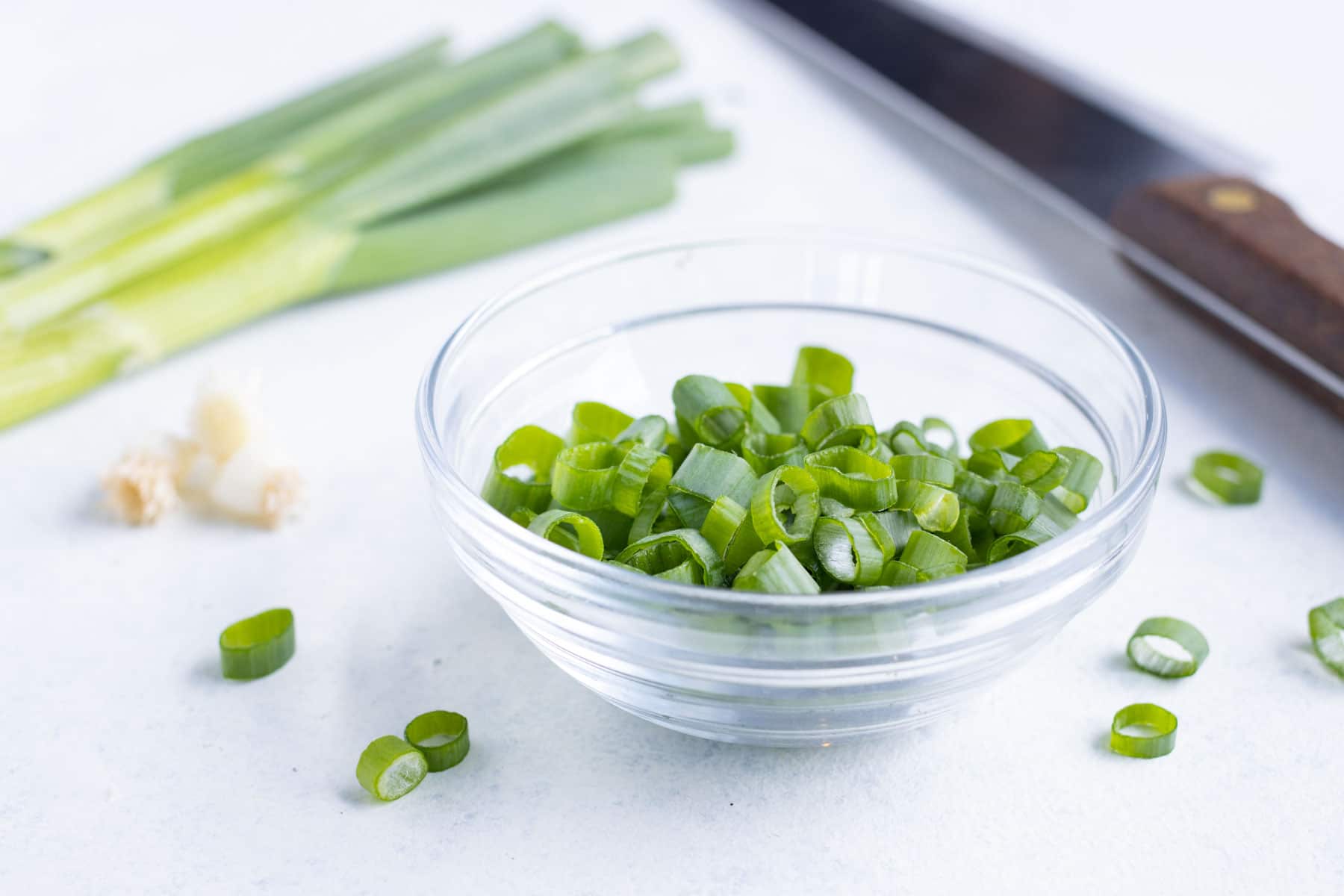
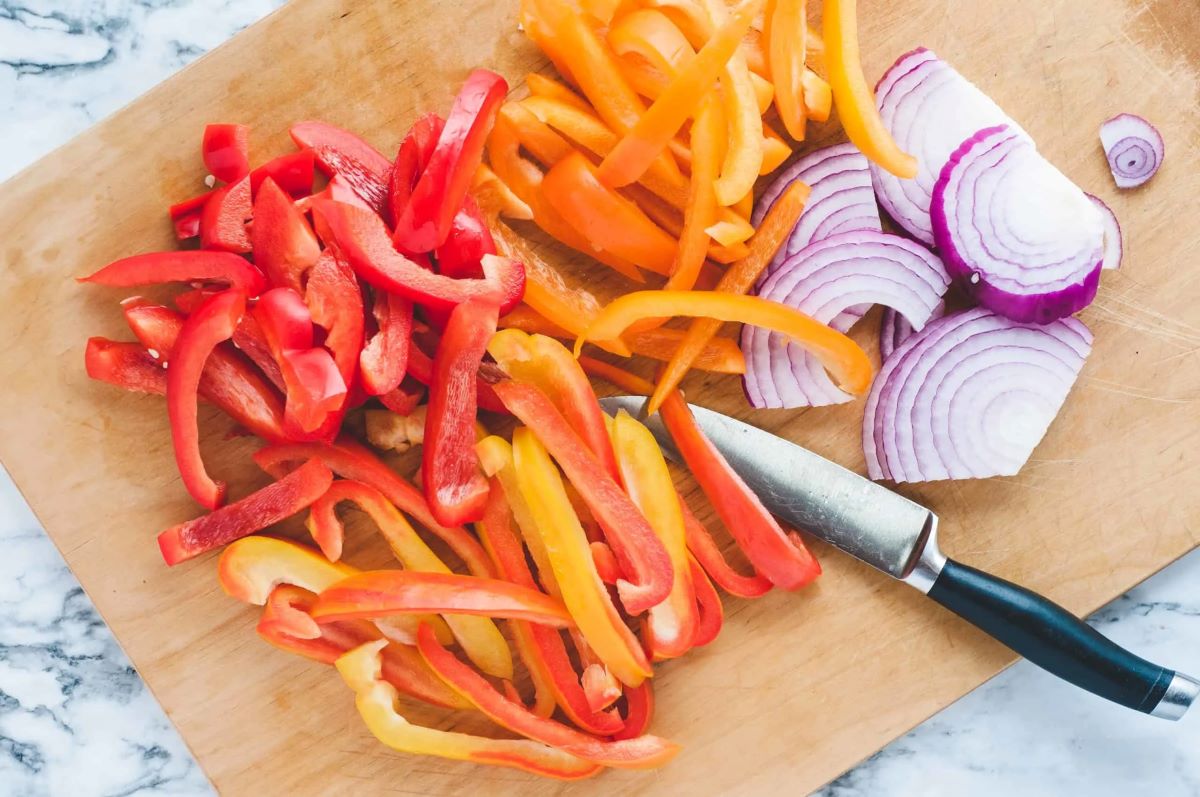
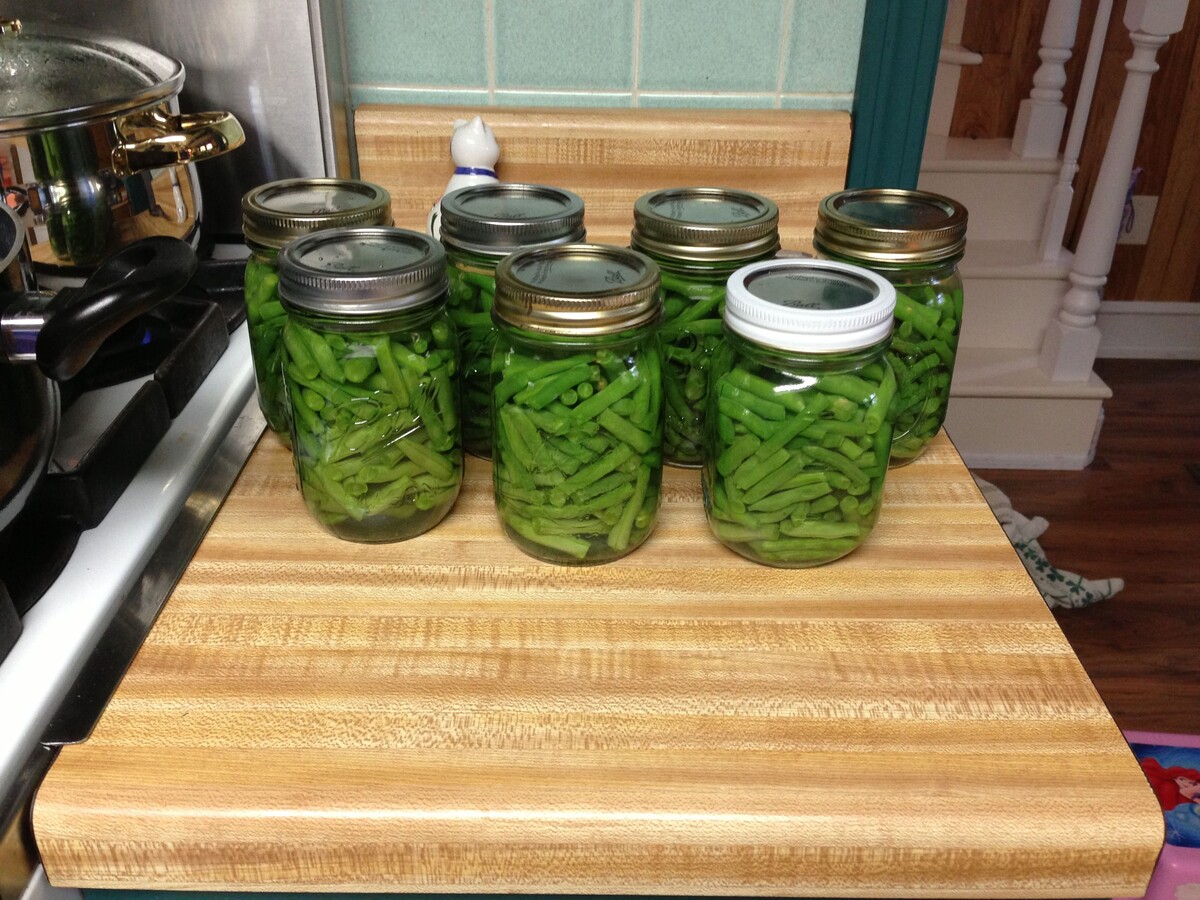
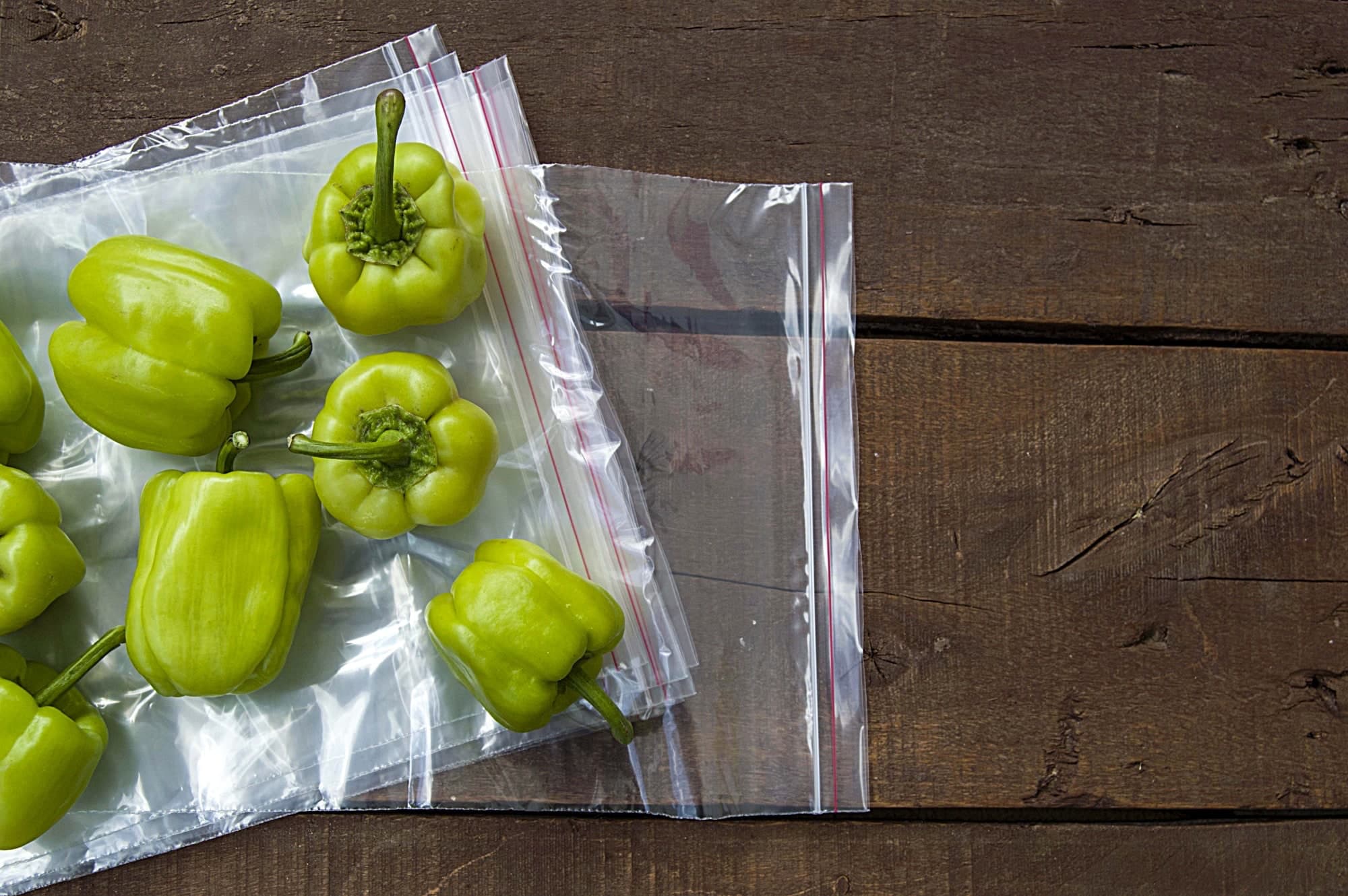
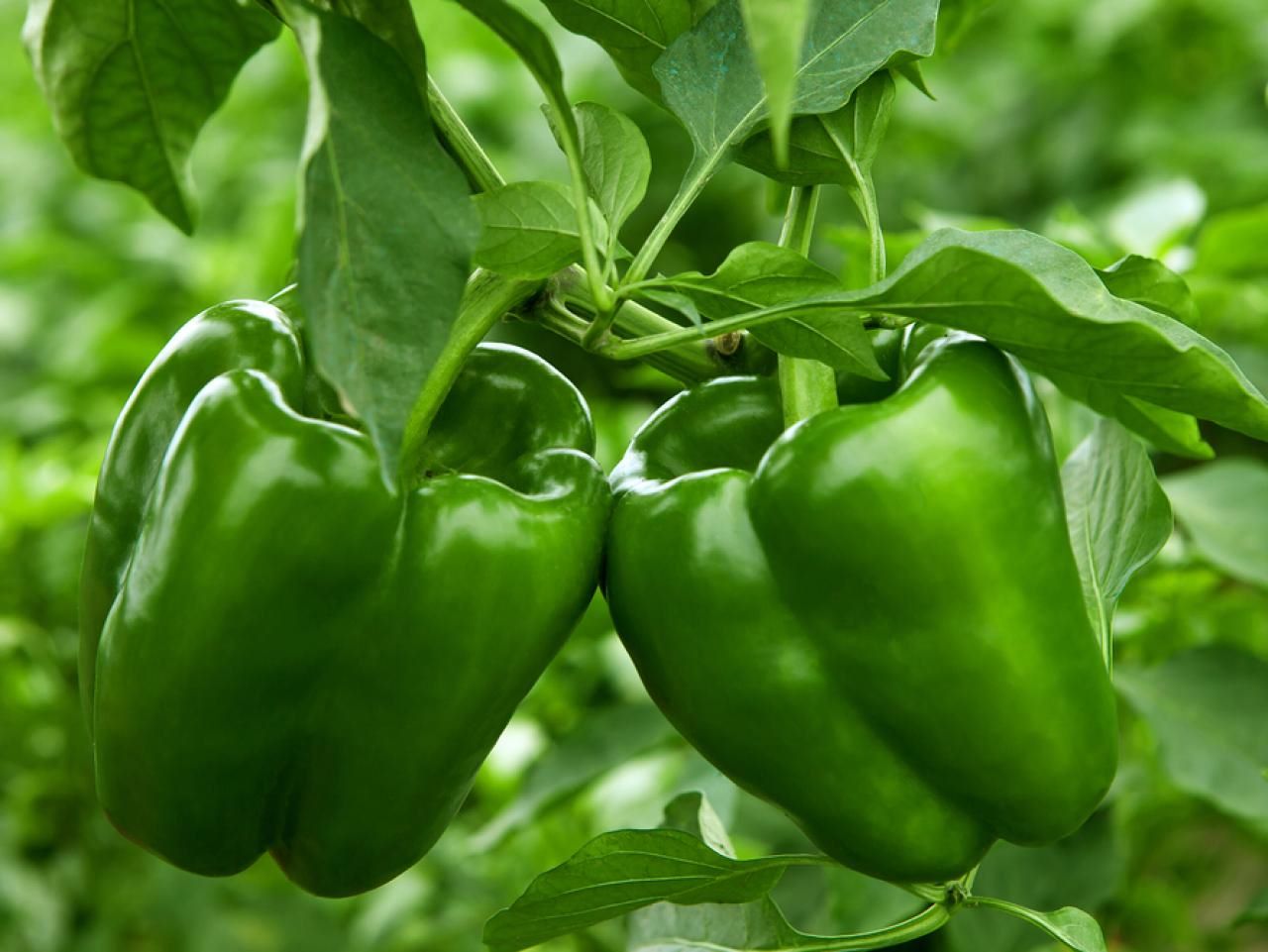

0 thoughts on “How To Store Cut Green Peppers”